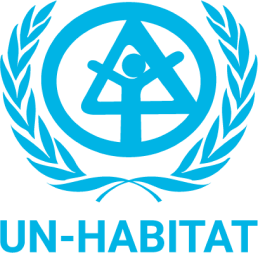The Challenges
Mongolia has a population of 3.3 million, growing at a rate of 1.7 percent annually. Almost half (47 percent) of the country’s population is currently living in its capital city and the share of the urban population has increased to
67 percent of the total population.
Since the 1990s, Ulaanbaatar-Capital city of Mongolia has had limited formal extension of its core, which largely comprises apartment blocks with comprehensive utility services, including dedicated heating, water, and sanitation. However, successive waves of in-migration with Ger tents have reshaped the city’s geography, with (i) little improvement or extension of basic urban services; and (ii). A vast, low-density peri-urban area, commonly and collectively referred to as Ger areas, now extends around the city core, characterized by unplanned settlements of low- and medium-income households with land ownership, un-serviced plots, unpaved roads and poor facilities due to government policy since 2003, to grant each citizen about 700 square meters of land. Settlement growth here is much faster than urban development and is projected to increase by another 40 percent by 2020.
Lack of long-term planning, infrastructure investment, and land use regulation in Ger areas have resulted in haphazard development, limited availability of space for public facilities, poor access to socioeconomic services and insufficient livelihood opportunities. The lack of basic urban infrastructure is preventing people to move out of poverty. The service gap between the city core and Ger areas means Ger residents are poorly connected to the city core and poorly integrated in the urban economy, and this is one of the most urgent and difficult development challenges. While various government and development partner initiatives have significantly improved living conditions in Ger areas, approaches have generally focused on specific sectors, failing to design a sustainable vision and provide integrated solutions for the problems.




